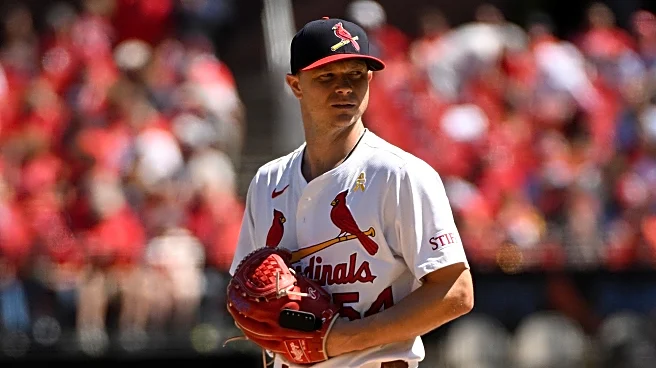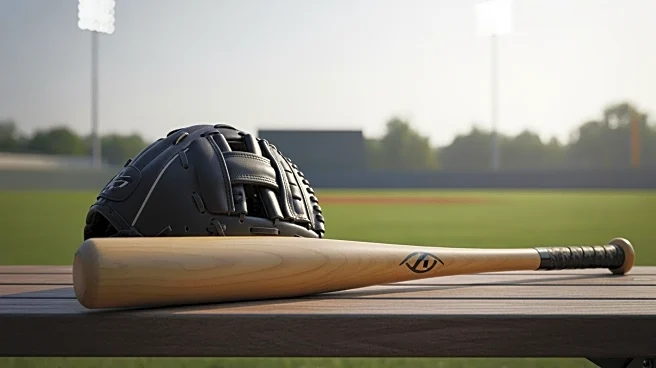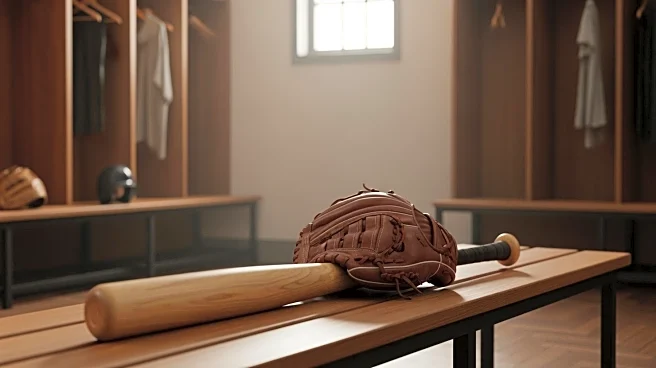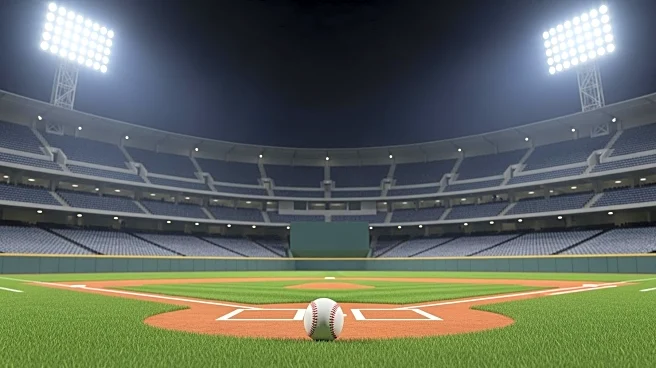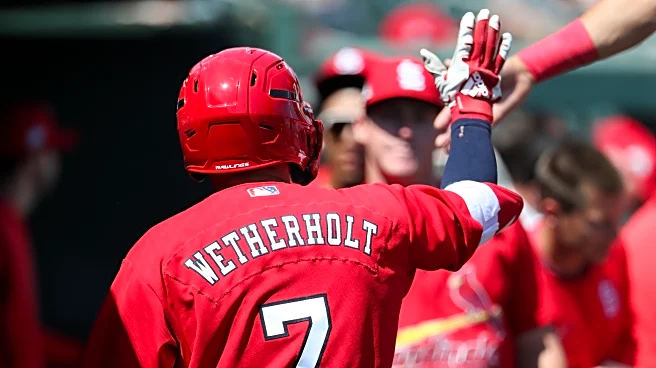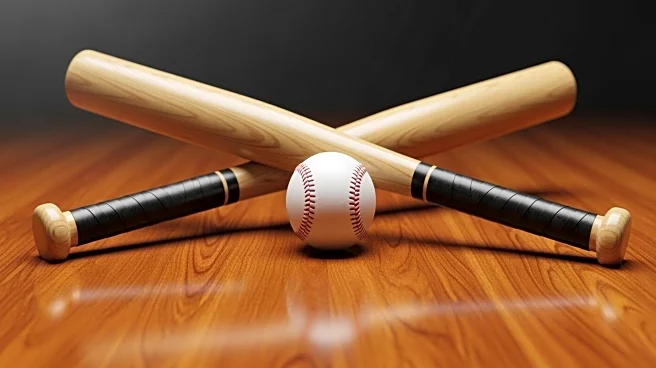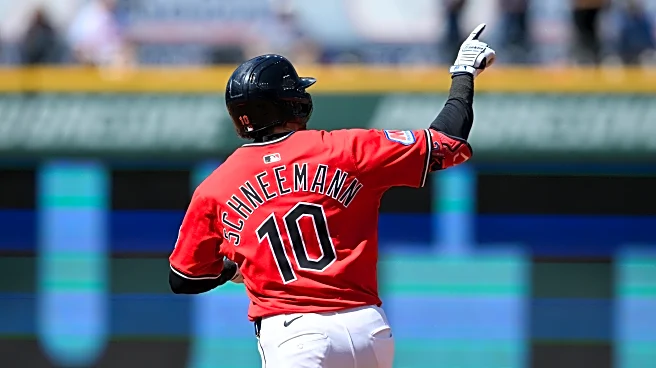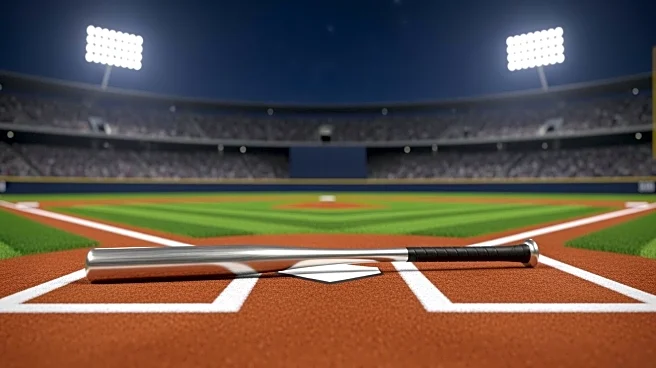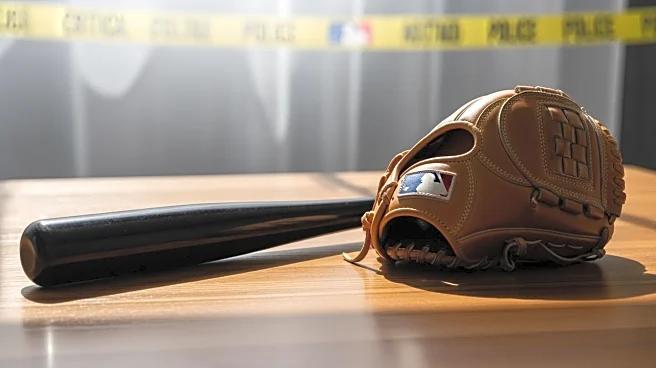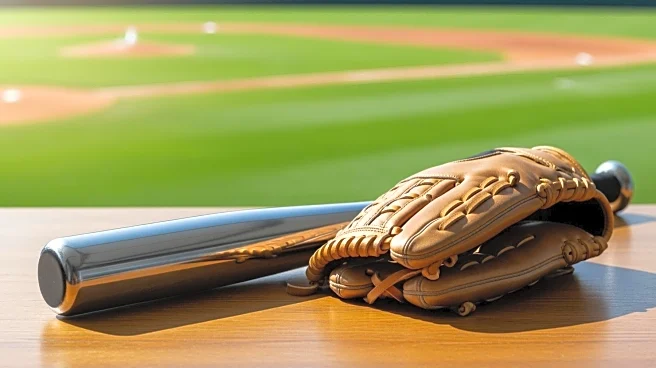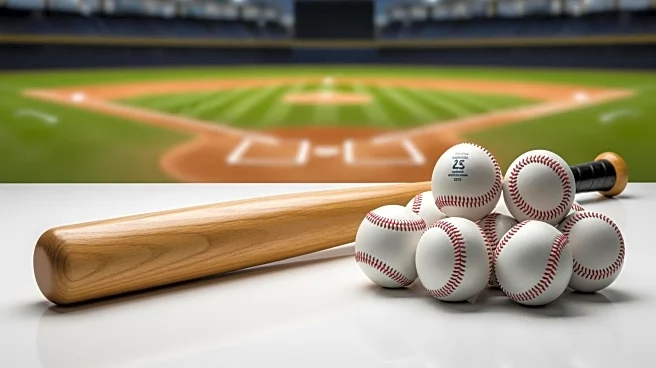Last week, I tried to take a peek into what would be necessary to trade Nolan Arenado, and as expected, the conclusion was that the Cardinals would have to include more than half of his salary and also
not really get anything back. I may revisit Arenado trade possibilities by looking into bad contract swaps at some point. But logically, if I looked at what an Arenado trade looks like, it seems natural to do the same for Gray.
So the kind of weird thing is that though Sonny Gray is better than Arenado and also someone at least 20 other teams could use, we might be looking at a similar situation. That’s because Gray has a $35 million salary in 2025 which includes a $5 million buyout. It’s pretty close to being a 1 year, $40 million deal, although there is a possibility that option could be accepted. He’s not projected for 4 WAR next season, so he’ll have negative surplus value.
Okay, but what is he projected for? Once again, I’m writing this well before we’ll get the ZiPS projections of anybody for 2026, so I am forced to just kind of guess. Educated guess, but guess. Somewhat thankfully, it’s kind of easy to guess though. Coming off a 3.8 fWAR season, Gray was projected for 2.9 fWAR in 2025. Gray actually had 3.6 fWAR season instead.
It looks like ZiPS didn’t buy into the ERA and FIP difference at all. His 2.9 WAR projection came in 146 innings with a 3.43 ERA and 3.49 FIP. He has a lower WAR because of age and innings. We can safely say he won’t be projected for 2.9 WAR again, because he did pitch worse and is a year older and every year from here on out, that factor matters that much more for a projection. He did throw more innings and now has 180, 166, and 180 innings as his last three seasons, so I feel like he should see a bit of an innings boost. Not a large one though, because 36 and with a long history of injury issues.
I also feel like the back-to-back years of a much higher ERAs will contribute to a slightly worse projection than if you just used FIP. Whatever my personal feelings are on if one should expect Gray’s ERA to match his FIP at some point, I would guess a 34 and 35-year-old posting back-to-back years with a considerably higher ERA will tend to produce a worse projection on average than what an FIP will tell you. Seems like a safe bet honestly.
So my personal guess, coming off a worse season with a slightly more significant sample of underperforming FIP, the benchmark set for 2025 and having a few more innings, I think my best guess is 2.5 WAR. Even ignoring the ERA element, Gray’s FIP and xFIP rose by 20+ points. He’ll also be 36 instead of 35. It will be a worse projection, the question is by how much.
With that projection, on paper, there’s little chance this new team accept his team option. That effectively makes this a 1 year, $40 million deal. That said, I do want to account for the remote possibility. I’m going to make this real easy. Gray’s 80th percentile WAR in 2025 was 3.8 WAR. I expect that’ll be lower in 2026. But the end result is probably that his 2027 projection is around 3 WAR if that happens. That’s the 80th percentile, hence my decision to chop off 20% of that buyout. I’m basically saying there’s a 20% chance that the new team will exercise the team option at exactly market value, which feels about right. Also makes it easier because I don’t have to account for any surplus value in Year 2 either.
That’s only taking off $1 million though. At a real cost of $39 million and a projected performance worth $25 million ($10 million per win), he is $-14 million in surplus value. Like I said, I think he’s a closer parallel to Arenado than you’d think despite the fact that Gray is still very much useful and wanted by other teams. Gray is almost getting paid as much in one season as Arenado is in two. That makes a difference.
So my entire argument against trading Gray is that I don’t foresee more money than $14 million being thrown in by the Dewitts, so yes I would trade him if the Cardinals essentially bought a prospect, I just don’t see them doing that. If the only thing they intend to do is get rid of most of his salary, then don’t trade him, they won’t be spending that money more wisely in my opinion. And as I’ve argued in the past, there is a real chance Gray might be willing to leave to more teams at the deadline, seeing one of his last chances at a title and only committing to three months at a new place. Yes, he might not want to leave mid-season, but I like that risk more than just giving him away and using that $14 million to get Walker Buehler or something.
But again, I cannot stress this enough: if the Cardinals are willing to actually throw in the money to get a top 20 team prospect, sure trade him. You actually don’t need to throw in that much extra money. So maybe I’m overselling the improbability. I’m setting the bar personally at a 40+ future value prospect, maybe a really interesting 40 future value prospect. The Cardinals system, admittedly considered kind of deep by Fangraphs since they see the Cardinals as the #1 farm, features 6 prospects who are 40+ future value and they rank 13th to 18th in the system. So that’s my bar.
All you need to throw in according to Craig Edwards trade value chart from a few years back is basically $4 million. Throw in an extra $4 million, and you get another back of the top 20 team prospect. $4 million is also what a 45 future value pitcher is worth. That’s Cooper Hjerpe, Tekoah Roby, and Pete Hansen. If you double that to $8 million, you can get a 45+ future value position player. This is all in theory of course. I mean on average, that is of course what the prospects were worth at the time he wrote it. But that’s on average. And it doesn’t include the fact that Sonny Gray may only dictate 3-5 teams to the Cardinals and if only one of those teams is actually interested, that team may use all of its leverage to not give up a real prospect. So there are still difficulties.
So what does a Sonny Gray trade look like? It depends on how much money they throw into the pot.
